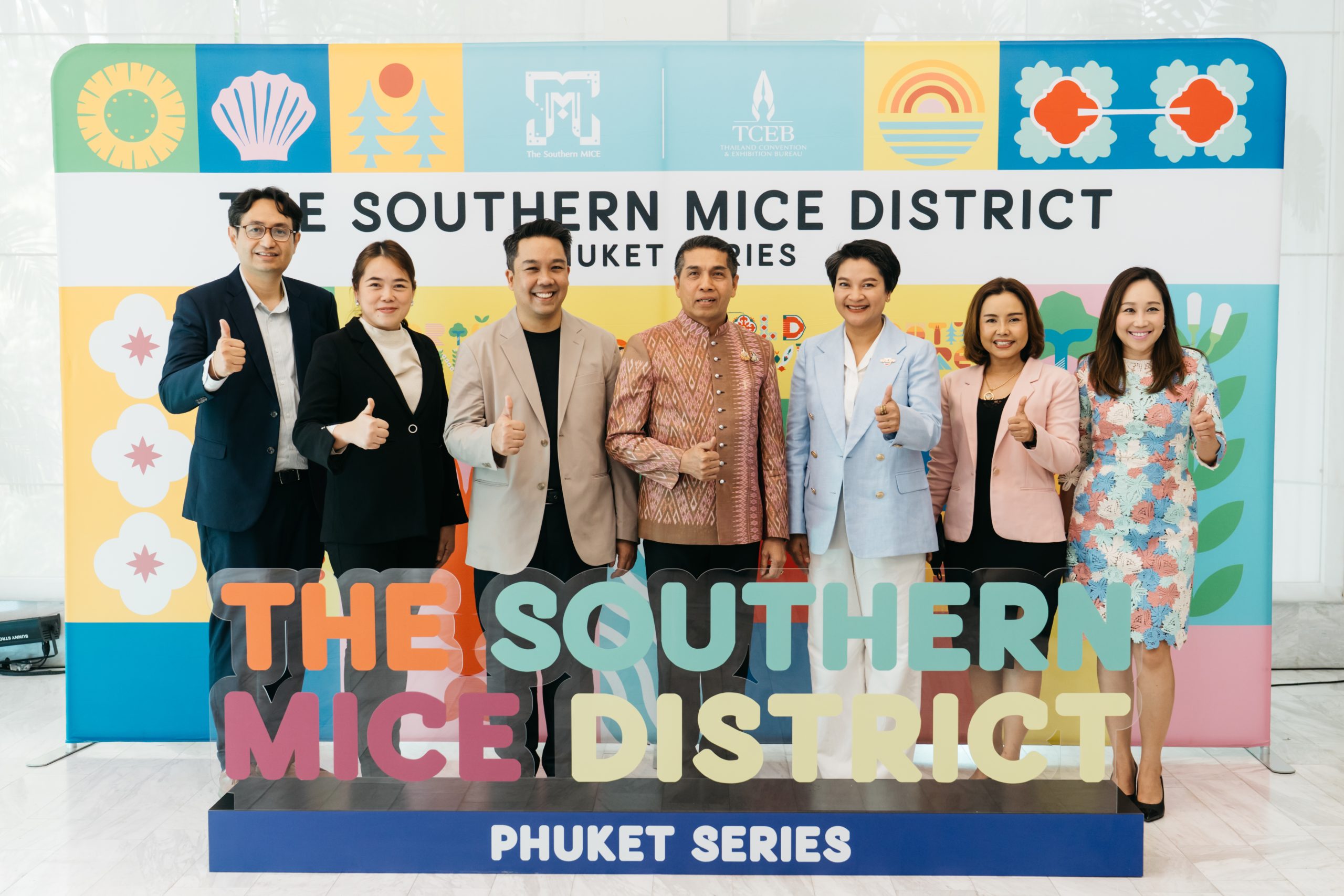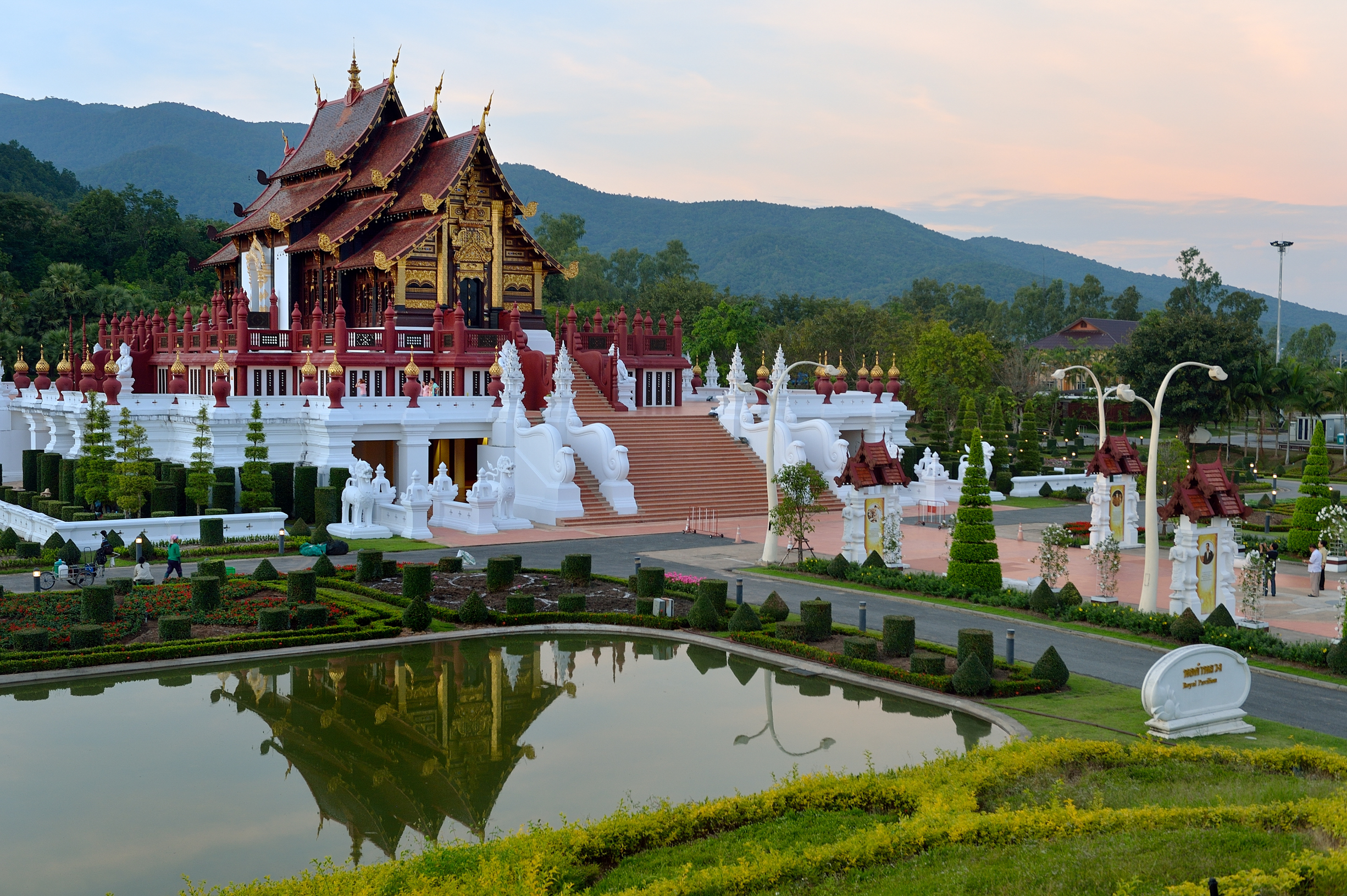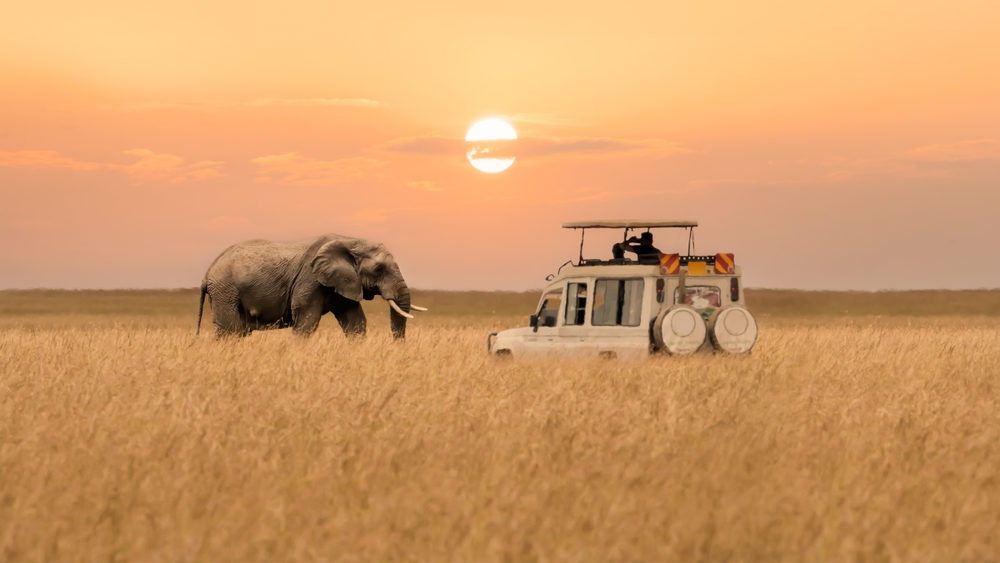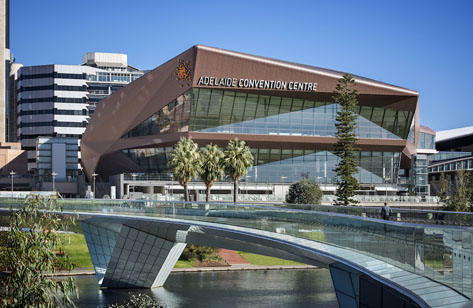
ADELAIDE marks itself out with a catalogue of historical firsts: Australia’s first non-penal settlement, for instance. The city didn’t grow from deportees who fell foul of the English courts, but was Britain’s first freely settled community in the colony. This pioneering tendency is still found today.
Adelaideans can reel off a host of other trendsetting accomplishments: The first Australian state capital to have a telegraph connection to London, back in 1872; in 1895, South Australia (or Adelaide, SA as some call it) became the first state in the world to grant women the vote and the right to stand for parliament.
Fast forward to the digital age, and developments in recent months, and it’s clear that the City of Churches never tires of breakthroughs. Among them is a biomedical precinct of three health-research institutions in North Terrace, all within comfortable walking distance of Adelaide Convention Centre, the leafy Riverbank and the state capital’s compact CBD. Add to this a free tram service from North Terrace, through the CBD that encourages delegates to enjoy their stay amid Victorian-colonial architecture, markets and restaurants. The city also leads Australia in the availability of free wifi hotspots around the CBD – all this with beaches and the wine-growing region a 20-minute drive away.
Around the Riverbank, where the gleaming new biomedical precinct is located across the river from Adelaide Oval sports stadium, there are around 1,500 hotel rooms. This is set to climb to more than 3,000 over the next year or so as a Sofitel, a relocated Crowne Plaza join Pullman and more.
This comes as part of the A$5bn Riverbank development project that has seen the Adelaide Oval upgraded, the rise of the largest “Bio-Medical City in the southern hemisphere”, and Adelaide Convention Centre’s redevelopment.
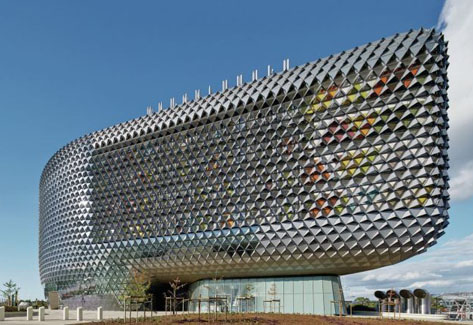
SAHMRI (South Australia Health and Medical Research Institute, above) is the cornerstone of this life-sciences cluster. For organisers, particularly medical associations, the biomedical precinct, the inviting greenery of the Riverbank, means more members interested in Adelaide for conferences with a convention centre a short walk away.
Conferences can be combined with knowledge-sharing visits to the three institutes, the atmosphere of a compact city and excursion opportunities to the coast or wineries in such areas as McLaren Vale, Barossa Valley or the Adelaide Hills.
During the Adelaide BioMed City Showcase in May, Professor Dorothy Keefe, an authority on cancer medicine who has led international associations of specialists, told a panel organised by the local convention bureau how ideal she feels the Riverbank Precinct is for a gathering of professionals. Keefe compared it to other convention cities both in terms of suitability for the type of conference and a safe, comfortable environment for women.
“In Las Vegas, you cannot get off the plane without feeling you’re about to head to a casino, or walk to your conference without going through a casino,” Keefe said of a recent event in the United States.
“We have a casino here in Adelaide, fine, but you don’t have to walk through it,” she says.
One of her biggest challenges is to persuade her association colleagues to hold conferences outside the US. Keefe is astounded by their misperceptions about the suitability of Australian venues while they meet in casino resorts she feels are less appropriate.
“What you need is a cathedral of light, it’s the same as in airport,” Keefe says of spaces at Adelaide Convention Centre that look out to the Riverbank Precinct and the River Torrens.
“It needs to be safe for women. Nowhere else can you find it better to combat jet lag with places to run along the riverbank – and safely.”
She says most conference venues in the US are too big for certain types of associations with delegates experiencing “endless corridors… you
feel your conference does not belong. Essentially, it’s so uninviting.”
Keefe worked with Adelaide Convention Bureau and two of the city’s hospitals for a conference on cancer care that brought 1,100 delegates to the convention centre. A grant from ArtsSA to local artists led to an arts installation called Body of Evidence as part of the conference’s exhibition.
The art pieces ranged from life-size exhibits based around the topic of pain with live performers. Keefe was impressed at how Adelaide and South Australia pulled together to make the conference and art exhibition both entertaining and relevant to the health specialists attending.
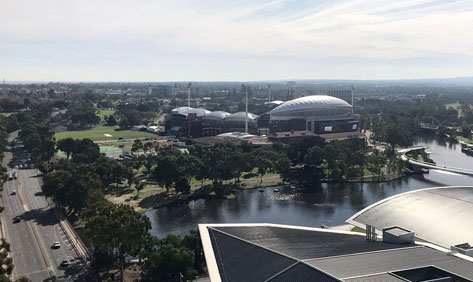
There is a bigger picture to Adelaide’s drive to be a world-leading city for health sciences and medical technology. It involves jobs and investment.
South Australia’s reputation for producing fine wines and produce is well established. And its service and organisational credentials have also been proved with the successful hosting of Tourism Australia’s incentive show case Dreamtime 2015.
Now Adelaide-SA is building on this by reinforcing the case for investment into biotech, medical devices, research into life sciences and more.
Marco Baccanti, an expert in science parks and how they attract technology investment, was brought in as chief executive of Health Industries South Australia, a state government agency.
Baccanti says the South Australian authorities want to create sustainable jobs and industries to eclipse the decline of industries such auto-manufacturing, which employed about 8,000 people during the 1970s and ’80s at plants in Tonsley.
Among the segments that are seeing international investors “bullish for clinical research” are medical devices, which ranges from the cyclotron at SAHMRI and imaging equipment, right through to gadgetry that meets consumer demand for wearable biometrics, such as wellness trackers.
Tonsley may still have the reinforced floor and some of the sturdy crane structures of its auto-manufacturing heyday, but it now provides facilities for scientists from Flinders University and startups developing medical devices and even driverless cars.
Baccanti says this innovation will be leveraged to attract more conferences and knowledge exchange, whether through the life-science community working around Riverbank, or tech start-ups in Tonsley. All this with easy access to a pedestrian-friendly CBD, wineries, coastline and many more firsts.
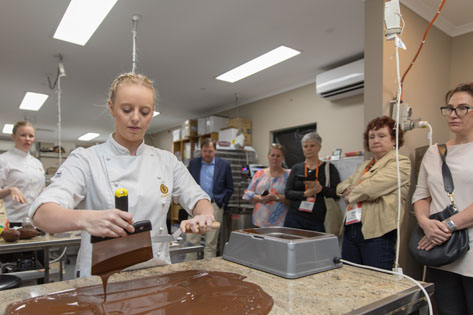
CHOCS, WINE, GERMAN TOWNS
Bracegirdles – At this family-run chocolatier and café, groups can learn how Bracegirdles chocolate is handmade from bean to bar. They also taste the difference between high-quality chocolate and more inferior types.
Australia’s “most awarded chocolates” are created in-house then taken to Australia-wide country shows. Individual or packaged chocolates can be branded for groups, designed as corporate gifts. Bracegirldes’ chocolatiers can also travel to conventions for coffee breaks, demonstrations or teambuilding activities.
Haus Hahndorf – More choices of event space are coming in Hahndorf, Australia’s oldest German settlement. Haus Hahndorf already provides a unique venue with the Napoleonic art of sabring bottles of bubbly being offered safely to visiting delegates. Plans are going through to purchase a property next door and turn it into more conference space, which will become the main meetings venue at Haus.
Sabring and other activities are organised between Hahndorf and Sidewood Wineries. Other experiences include cider or cheese-making, wine-master classes, blending and decanting.
The Lane Vineyard, Hahndorf – Expansive private dining spaces have impressive with views over the Adelaide Hills. There is the larger dining room or the more intimate Tasting Room. For team-bonding there is the “Nearest to the Pin” mini-golf contests at The Boatshed. Other activities include wine-blending classes.
Penfolds, Adelaide Hills – Special banquet experiences include long-table dining in the atmospheric cellar tunnels, which date back to the 1920s and were manually dug. There are daily tours at 3pm followed by wine tasting. The events are becoming more popular with visitors from Guangdong province thanks to the direct flights between Adelaide and Guangzhou.
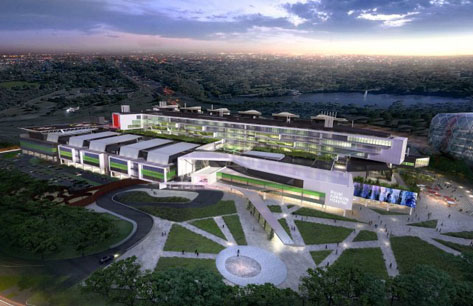
BIOMEDICAL PRECINCT
North Terrace is home to three medical research institutes where more than 1,250 researchers plus medical and nursing staff work. They will be joined by SAHMRI 2, which will house Australia’s first proton therapy unit, with an A$80m machine to target otherwise inoperable cancer tumours. This will mean fewer Australians having to travel overseas for lifesaving treatment.
SAHMRI 1 – South Australian Health and Medical Research Institute opened 2013 and is the cornerstone of the biomedical precinct. Ten metres below the facility is a cyclotron, a machine that creates radioactive tracers used in scans to detect cancers.
Royal Adelaide Hospital – (above) Moved from a previous location to join the precinct.
University of Adelaide’s Health and Medical Sciences Building – Supports 1,600 medicine, nursing and dentistry students along with 400 health-sciences researchers.
University of South Australia’s Health Innovation Building – Supports a collaborative and holistic approach to health research. Meeting and event space is available alongside exhibitions on health and medical science.
